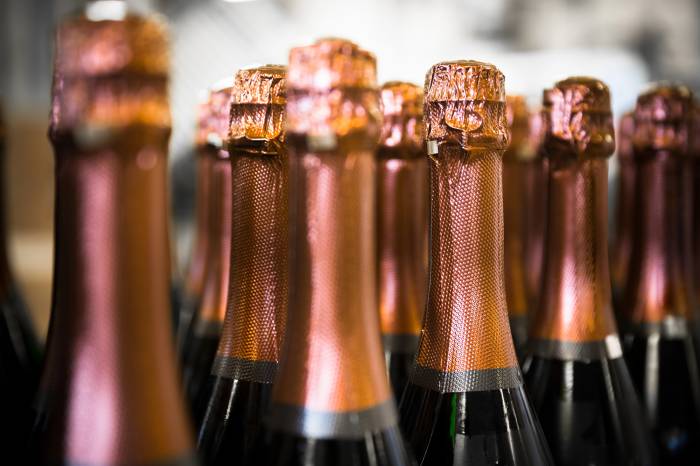Sparkling Wine Bottle Weight Drops by 21 Grams, Cutting 294,000 Tonnes of Carbon Emissions
Sustainable Wine Roundtable report sets new targets for sparkling wines as industry collaboration removes 300,000 tonnes of glass annually
2025-11-27

The Sustainable Wine Roundtable (SWR) has released the first comprehensive report on lightweighting sparkling wine bottles, coinciding with the second anniversary of its Bottle Weight Accord (BWA). The report, authored by SWR research director Dr. Peter Stanbury, provides a detailed analysis of the challenges and opportunities in reducing the weight of sparkling wine bottles. It addresses safety concerns, consumer perceptions, and technical limitations unique to sparkling wines, which are bottled under pressure.
The study recommends specific weight targets for different types of sparkling wines, including Champagne, traditional method styles, charmat-style wines such as Prosecco, and semi-sparkling varieties. Dr. Stanbury explained that the research aimed to create a solid foundation for a new BWA focused on sparkling wines, building on the existing initiative for still wines. He noted that while sparkling wine bottles present more complexity due to safety requirements, there is confidence in setting achievable targets that benefit producers, traders, retailers, and others in the supply chain. These benefits include not only reduced carbon emissions but also cost savings.
Dr. Stanbury highlighted that heavier glass increases production and transportation costs and is subject to higher taxes in some markets, such as under the UK’s Extended Producer Responsibility (EPR) scheme. The report found that bottle production can account for up to half of a wine’s total carbon footprint, indicating significant potential for emission reductions through lightweighting.
In addition to publishing the report, SWR announced that North South Wines and Famille Perrin have joined the BWA. Both companies have committed to reducing the average weight of their still wine bottles to 420 grams across their portfolios. This brings the total number of BWA signatories to 27, representing more than two billion bottles produced and sold annually.
Erin Williams, sustainability manager at North South Wines, said the company joined the accord to address one of the largest sources of carbon emissions in the wine industry. She emphasized that achieving lower bottle weights requires industry-wide collaboration. A representative from Famille Perrin stated that reducing bottle weight has been part of their philosophy for over 15 years and aligns with their broader environmental goals.
Since its inception in 2023, BWA signatories have reduced their average bottle weight from 451 grams last year to 430 grams across 2.5 billion bottles. The initiative has helped mitigate approximately 294,000 tonnes of carbon emissions and removed 300,000 tonnes of glass from circulation—enough to produce 700 million lightweight bottles.
The SWR’s new report marks a significant step toward making sparkling wine production more sustainable by providing clear guidelines and evidence-based targets for bottle lightweighting across various styles. The organization continues to encourage more producers and stakeholders to join its efforts in reducing the environmental impact of wine packaging worldwide.
Founded in 2007, Vinetur® is a registered trademark of VGSC S.L. with a long history in the wine industry.
VGSC, S.L. with VAT number B70255591 is a spanish company legally registered in the Commercial Register of the city of Santiago de Compostela, with registration number: Bulletin 181, Reference 356049 in Volume 13, Page 107, Section 6, Sheet 45028, Entry 2.
Email: [email protected]
Headquarters and offices located in Vilagarcia de Arousa, Spain.